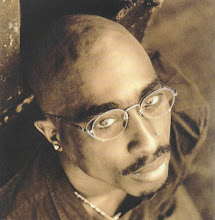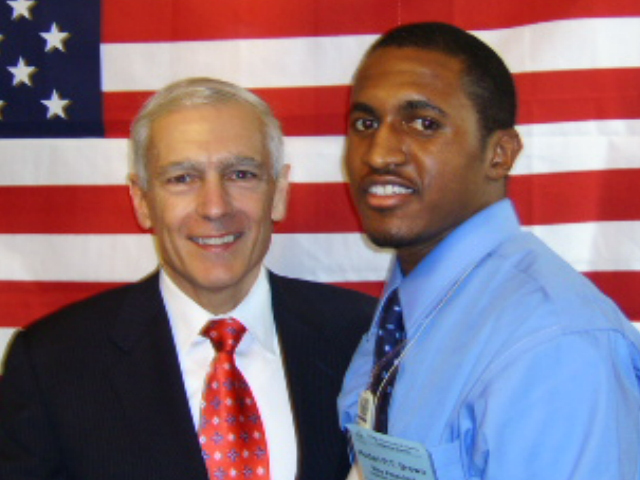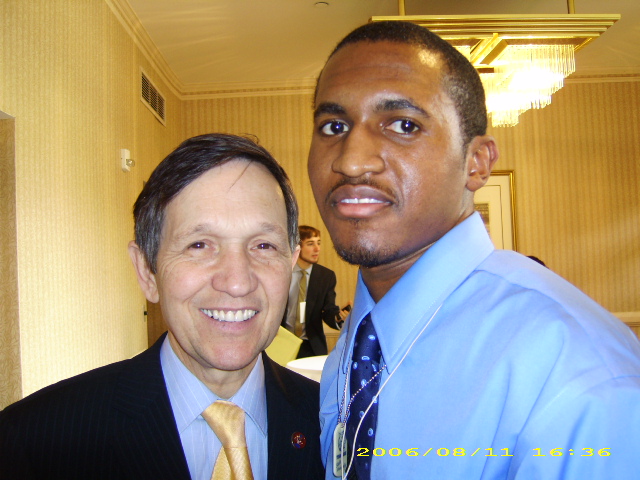Those figures hide wide variations — public college students in California, Florida, New York and Washington have seen double-digit percentage increases, while the University of Maryland used federal stimulus funds to freeze tuition this year. More importantly, the estimated net price — what the average student actually pays after accounting for financial aid — was much lower, at about $1,620 at public four-year colleges, and under $12,000 at private ones. Both figures are higher than last year but still lower than five years ago, thanks to recent increases in financial aid both from the government and from colleges themselves. The figures do not include room, board and other living expenses.
Still, this year's increases were bad news for students who pay full price, and confirm that despite cost-cutting on everything from faculty to cafeterias and sports travel, higher education once again failed to keep its own price increases anywhere near the overall inflation rate. In fact, during the period covered by the College Board report, consumer prices declined by 2.1 percent. So accounting for inflation, the latest increase at public colleges felt closer to a 9-percent jump. "Every sector of the American economy is under stress and higher education is no exception," said Terry Hartle, senior vice president of the American Council on Education. "It's regrettable, and it's yet another piece of disappointing economic news that affects families."
Hartle said the report showed some good news: a companion report on financial aid documented substantial increases in aid, especially from the government, that ease the price increases for low-income students. And community colleges, home to about 40 percent of college students, remain essentially free to the average student after factoring in financial aid. The reports come as many colleges face their most challenging economic climate in memory. On the public side, state appropriations to public colleges declined nearly $4 billion in 2008-2009 from the previous year, even as enrollment grew, and state dollars are falling further this year. Private colleges had fewer students who could afford to pay full freight, forcing schools to offer more financial aid even as their endowments fell by record amounts in the stock market crash.
Worst hit is California, whose giant public university and community college systems educate about one in six American college students. Facing unprecedented state funding cuts, public colleges have boosted fees, raised class sizes, furloughed faculty and turned away students. On top of the current year's 9-percent fee increase, the University of California system is considering increases of more than 30 percent by next year.
The reports also offer a glimpse of what has become a significant expansion of the federal government's role in trying to help students pay for college. In 2008-2009, 65 percent of the $180 billion spent on higher education expenses came via the federal government in the form of grants, loans and work-study programs, up from 58 percent the year before. Overall, the report estimated federal grant aid rose almost 11 percent last year. That trend will likely continue because the maximum Pell Grant — the government's main college aid program for low-income students — rose by over $600 this year to $5,350.
Students also borrowed more to pay for college — but much more from the government and much less from nonfederal lenders such as banks. Estimated private borrowing collapsed from around $24 billion in 2007-2008 to under $12 billion last year, the aid report estimates. That sharp decrease came after years of rapid expansion in student borrowing from the private sector — a trend that worried some experts because private loans generally have higher interest rates and fewer borrower protections than federal ones.
But a range of factors have quickly turned the tide: students can get larger Pell Grants and borrow more from the government, and private lenders have become much more selective in making student loans. On average, about two-thirds of bachelor's degree recipients borrow money, and their median debt is about $20,000 by graduation. Therefore it is clear that if education is the key to the future and higher education is a part of the American Dream than the dream is getting more costly each year resulting in more and more students not being able to afford it to some degree.
Something has to be done about this problem but for now it is yet another battle that we have to monitor in this war on our youth if we are to save our youth so they can have a better future than their present. We must give our youth a quality education and we must make education more affordable than currently is, otherwise the American Dream will slowly but surely be just that a dream that is unattainable for so many because the cost of a higher education yet alone a post-bachelor degree is getting higher and higher each and every year. So something needs to be done because we need to make higher education more affordable to more of our nation’s youth because a high school diploma just won’t cut it anymore.
SAVE THE AMERICAN DREAM!
MAKE THE AMERICAN DREAM MORE AFFORDABLE & ACCESSIBLE!
SAVE OUR YOUTH!


























No comments:
Post a Comment